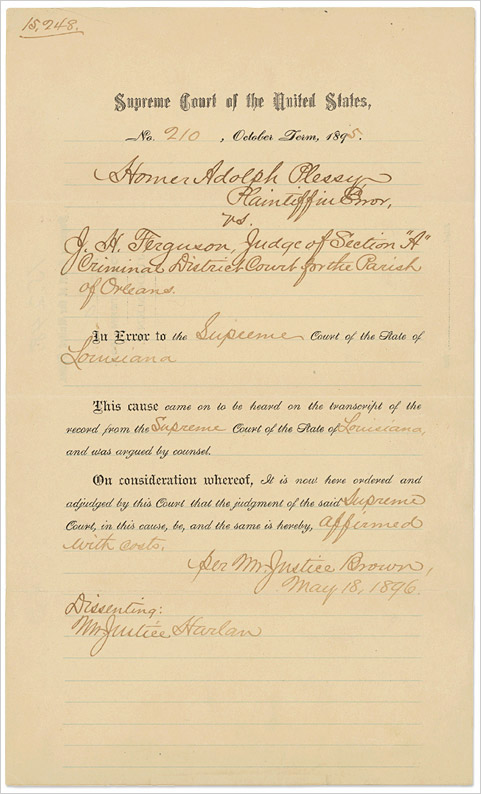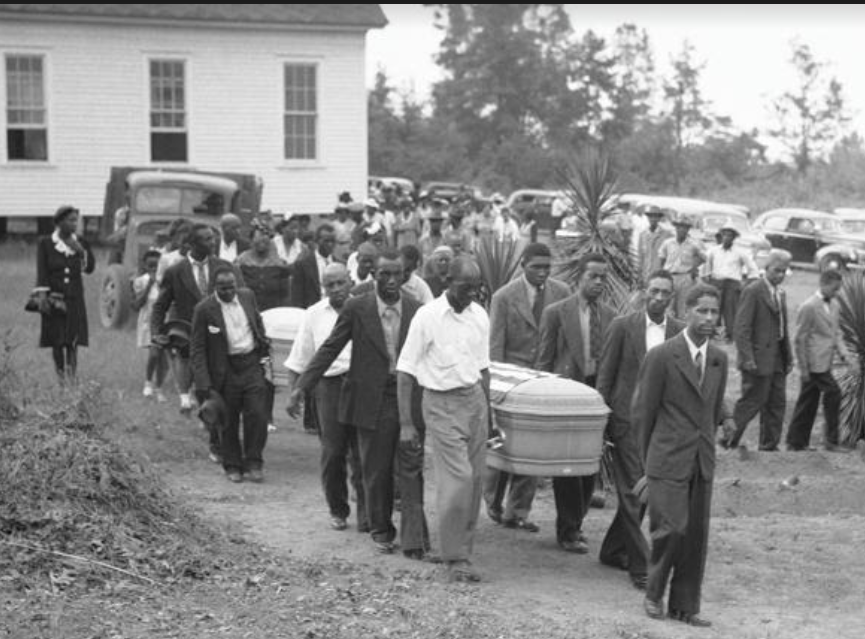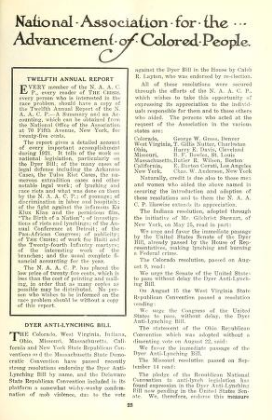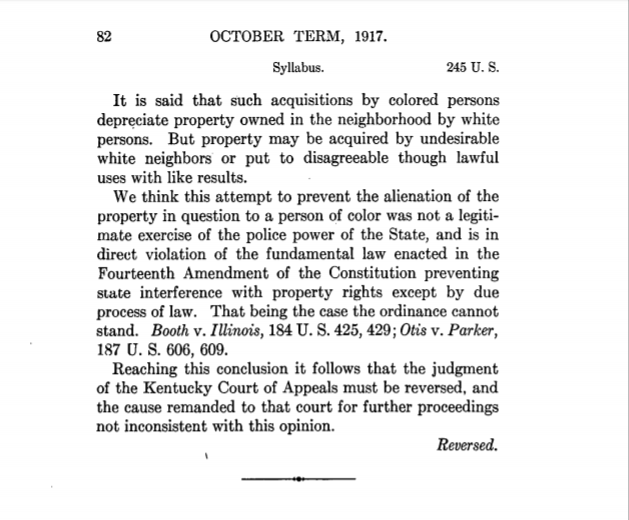Segregated America
Rosa Parks grew up with barriers that African Americans faced and with a very legimate fear of the consequences for disobeying white Americans.
Jim Crow Laws

[Library of Congress, 1943]
After the "Reconstruction Era" in America, segregation laws were put in place to reinforce white superiority over African Americans in the South. These laws are commonly known as the "Jim Crow Laws". For Example:
- Alabama Laws: Restrooms - "Every employer of white or negro males shall provide for such white or negro males reasonable exccesable and seperate toilet facilities."
- Restaurants: "It shall be unlawful to conduct a restaurant or other place for the serving of food in the city, at which and colored people are served in the same room. ..."
- Georgia Law: Selling Alcohol - "All persons licensed to conduct the business of selling beer or wine .... shall serve either white people exclusively or colored people exclusively or shall not sell to two races within the same room at any time."
- Louisiana Law: Transportation - "All carriers must provide equal but separate seats for white and colored. No person of one race is allowed to be the section set aside for the other race."
Plessy vs. Ferguson
In 1890 Louisiana enacted the Separate Car Act which required Blacks to sit in separate railway cars from Whites. In 1892 Homer Plessy violated the law and sat in the "White" car, at trial he argued that the act was against the 13th and 14th amendments. The Plessy v. Furgeson case was voted on by the Supreme Court ruling that the Separate Car Act was constitutional on account that separate doesn't mean unequal.
Ku Klux Klan - Est. "Reconstruction Era"
"White men on horseback go out typically at night to terrorize African Americans."
"Members of the Klan are free to exercise their most violent fantasies against African Americans"
- Sally Hadden Associate Professor, FSU
"The implementation of racial control is the primary objective."

Plessy vs. Furgeson Document

[Bettmann, 1946]
Lynching and Hate Groups
The rise of lynching and hate groups in the 1900s were responsible for the deaths of over 5,000 Americans, 72% being black Americans. Many white people felt the need to instill fear into the core of black Americans to 'keep them in their place' after slavery was outlawed at the end of the civil war.
"On May 19th, 1918, a mob captured and tied Mary Turner’s ankles, hung her upside down from a tree, doused her in gasoline and motor oil and set her on fire. Turner was still alive when a member of the mob split her abdomen open with a knife and her unborn child fell on the ground. The baby was stomped and crushed as it fell to the ground. Turner’s body was riddled with hundreds of bullets."
Many people spoke out against the injustices toward African Americans, including...
A woman named Ida B. Wells wrote books and in newspapers speaking out against lynching.
“Not only is it true that many of the alleged cases of rape against the Negro, are like the foregoing, but the same crime committed by white men against Negro women and girls, is never punished by mob or the law. A leading journal in South Carolina openly said some months ago that “it is not the same thing for a white man to assault a colored woman as for a colored man to assault a white woman, because the colored woman had no finer feelings nor virtue to be outraged!” Yet colored women have always had far more reason to complain of white men in this respect than ever white women have had of Negroes.”
― Ida B. Wells-Barnett, The Red Record

[R. Gates, 1890]

In 1909, an interracial group, consisting of Ida B Wells, W.E.B. Du Bois and others...
Came together to form the NAACP (National Association for the Advancement of Colored People). Because it was a new association and was run strictly on donations and membership fees the NAACP had no money and needed a solution. W.E.B. Du Bois started The Crisis magazine, it was created to inform the illiterate Black population of the NAACP and the different crises it was dealing with. The Crisis became very important in promoting positive propaganda. The NAACP was founded to take on racial injustice cases and was soon flooded with complaints. When Buchanan vs Warley passed residential segregation in Baltimore, NAACP decided to take on racial zoning laws. Moorfield Storey went in front of the supreme court in April of 1917, the Supreme Court ruled residential segregation laws in violation of the 14th amendment. The NAACP had many other successes and setbacks but continues to fight for racial justice today.

Page 23 in The Crisis Volume 25-26 Published in 1910
[New York, Crisis Pub,Co.,1910]

Supreme Court Ruling in Favor of the NAACP~ Buchanan vs. Warley
[Library of Congress, 1917]
Many African Americans began to put cracks and holes into the wall separating Black and White using media and other tactics, however, the wall remained strong.
Penelope Torres and Kaylee Bahler ~ Senior Group Website ~ Word Count: 1154 ~ Media Minutes: 3:50 ~ Process Paper: 429 Words